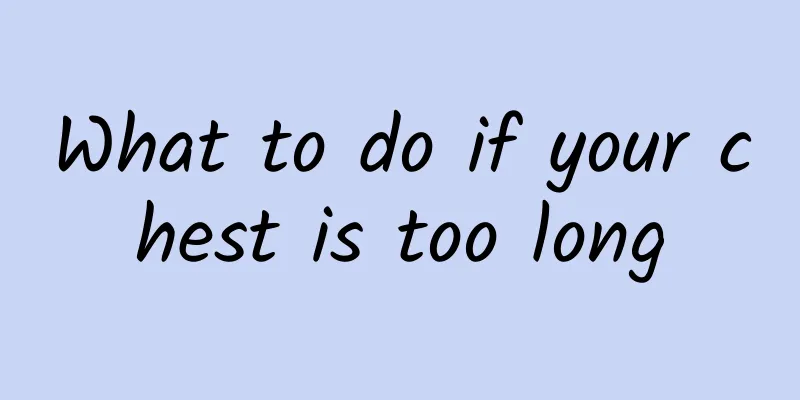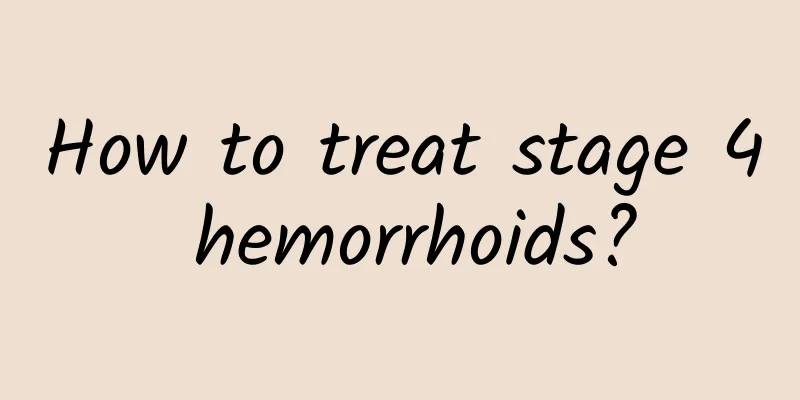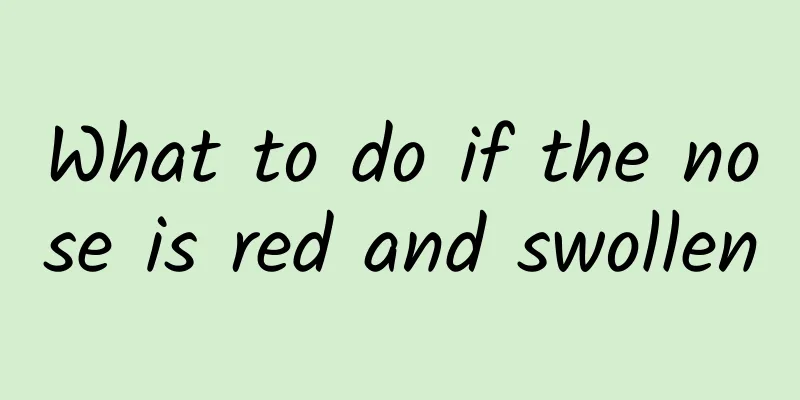Traditional Chinese Medicine Moxibustion for the Treatment of Uterine Coldness

|
From the perspective of traditional Chinese medicine, moxa sticks have health-care effects and can also remove dampness. Traditional Chinese medicine moxibustion is also very effective in treating uterine cold. In traditional Chinese medicine, uterine cold has many symptoms. For example, many women have cold hands and feet; some have abnormal menstruation; and some women often have unexplained abdominal pain, etc. These are all related to uterine cold. Traditional Chinese medicine moxibustion is also very effective in treating uterine cold. You may as well try it. 1. The so-called moxibustion is to light the moxa stick and then fumigate the corresponding acupuncture points, so that the heat can penetrate into the meridians, and then the medicinal effect can travel along the meridians to regulate the body. "The Yellow Emperor's Classic of Internal Medicine" says: "Hidden cold causes fullness disease, which is best treated with moxibustion." This shows that moxibustion is very suitable for warming the meridians and dredge collaterals, removing blood stasis and resolving nodules, and replenishing the middle and invigorating Qi. It is a good way to treat uterine cold. ” 2. The so-called uterine cold refers to the lower abdominal distension and pain caused by insufficient kidney yang in women and the lack of warmth in the uterus, which is relieved by heat, and the main symptoms are excessive leucorrhea, dysmenorrhea, irregular menstruation, deep and tight pulse, and a thin white tongue coating with a lot of fluid. Uterine cold is the name of a disease under the theory of traditional Chinese medicine and cannot be confused with the specific name of a disease in Western medicine. One of the typical symptoms of uterine cold: body is afraid of cold Generally speaking, uterine cold refers to the fact that certain parts of a woman's body are afraid of cold. Usually it refers to a cold lower abdomen (called Shaofu in traditional Chinese medicine), that is, the part below the navel is afraid of cold. This is a typical situation. Some patients often have cold feet or even cold legs below the knees, but their hands are not necessarily cold. Typical symptom of uterine cold: abnormal menstruation Uterine cold can cause a series of diseases, abnormal menstruation is one of the most typical symptoms. The abnormal menstruation caused by uterine cold is often manifested in the delay of menstruation, that is, the menstrual cycle becomes longer; the amount of menstruation is small each time; in addition, the color of menstruation is also abnormal, usually black or brown. Typical symptom of uterine cold: body pain The body pain caused by uterine cold mainly refers to the pain during menstruation, that is, dysmenorrhea. Dysmenorrhea can be divided into primary dysmenorrhea and secondary dysmenorrhea. Most dysmenorrhea occurs during menstruation, but for some people, the pain occurs a few days before menstruation. The abdominal pain worsens after menstruation, and everything returns to normal after menstruation. Moxibustion points for cold uterus 1. Guanyuan Point Guanyuan point is three inches below the navel. Moxibustion on Guanyuan point can enhance the body's yang energy and replenish deficiency and benefit loss. It is more effective for symptoms such as insufficient Yang Qi, physical weakness and fear of cold, and has the effect of nourishing the essence and strengthening the foundation, and replenishing the lower part of the body. 2. Shenque Point It is located at the navel and is a key acupoint on the Ren Meridian of the human body. When the body's qi, blood, yin and yang are out of balance and disease occurs, stimulating or applying medicine to the Shenque point can adjust the balance of yin and yang. 3. Qihai Point This point is located in the lower abdomen of the human body, with a straight line connecting the navel and the top of the pubic bone, dividing it into ten equal parts, starting from the 3/10 position of the navel. Moxibustion on this point has a preventive and therapeutic effect on irregular menstruation, metrorrhagia and infertility. In addition, you can also massage this point. The operator can lie on his back, put the palms of both hands together (right hand on top, left hand on the bottom) and place them on the lower abdomen, and then perform circular massage on the abdomen in a clockwise direction. You can massage 100 circles each time, until you feel warmth in the lower abdomen. This recipe has the effect of nourishing the kidneys and replenishing qi. Moxibustion should be performed for 30-40 minutes every day, generally not more than an hour. If it is performed for too long, you will easily feel dry mouth and tongue, and even cause constipation. In addition, if moxibustion is performed for a long time, blisters will appear on the local skin. Chinese medicine believes that this is a sign of therapeutic effect, but you must pay attention to skin care to avoid infection after the blisters break. 4. Mingmen acupoint on the back The Mingmen point is between the spinous processes of the second and third lumbar vertebrae, and the Shenshu points on both sides, 3 cm away from the midline of the back, should also be added. Moxibustion at the Mingmen acupoint can strengthen the kidneys and consolidate the body, and treat female menstrual disorders and habitual abortion due to deficiency and cold. In addition, massaging this point yourself can also have a very good effect. The operator can take a prone position, clench both hands into fists, put them behind the waist, press the Yaoyan acupoint with the protruding joint of the thumb, and massage it with a little force. You can massage it 50 times each time (making the Yaoyan acupoint feel sore and swollen, the effect will be more lasting). Then, press the palms of your hands tightly on both sides of your waist, and rub your waist quickly and vigorously in the up and down direction until the skin on your waist becomes warm. Traditional Chinese medicine believes that "the waist is the home of the kidneys". Persistently massaging the waist acupoints every night can have a good effect of invigorating qi and strengthening the kidneys. |
<<: Why are there water droplets after moxibustion?
>>: What does Cang Erzi treat?
Recommend
What are the functions of deep-sea fish oil and what are the therapeutic effects of deep-sea fish oil?
EPA and DHA contained in fish oil belong to the Ω...
How to effectively treat sinusitis suppuration
Sinusitis suppuration is quite serious. It is rec...
What are the symptoms of flu in babies?
If babies have influenza, it is often caused by v...
Symptoms of varicose veins in the lower legs
Varicose veins in the lower legs are a common and...
I feel my vagina is itchy, what is going on?
The vagina is a reproductive organ unique to wome...
What does a blood test for irregular menstruation check?
Menarche usually indicates that women begin to ha...
Something got into my eye and it hurts
Some people may experience eye pain due to foreig...
What does diplopia mean?
Diplopia means that when the two eyes look at an ...
Why do pimples appear on the lips?
Acne is a common problem of human skin. Acne has ...
What ointment is good for foreskin cracking
Many men will find that their foreskin is cracked...
The efficacy of wild rock lotus
Wild rock lotus is a very precious Chinese medici...
Pomegranate peel cured my enteritis
Pomegranate peel is the dried outer peel of the p...
Drugs for treating scar hyperplasia
We all know that there are some people in life wh...
Early symptoms of ADHD in children
There are many symptoms of ADHD in children. For ...
What causes acne on the face
It is common to have acne on the face in life, es...









